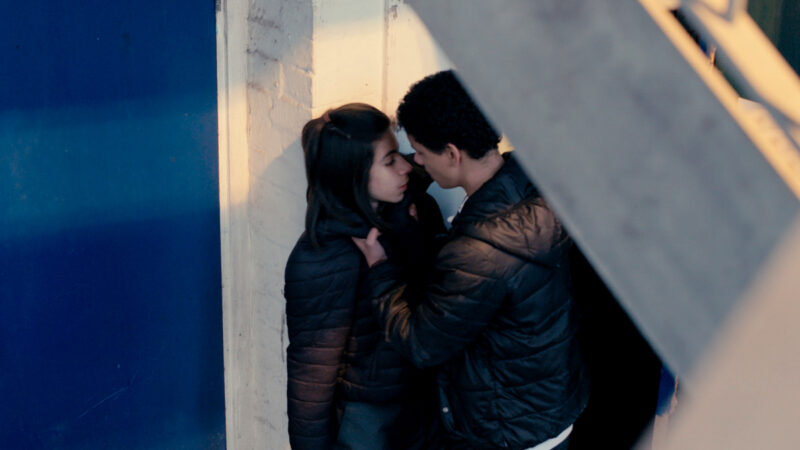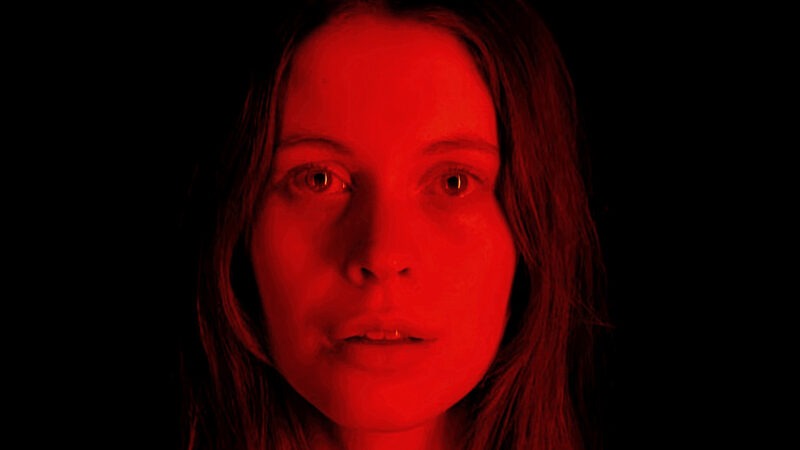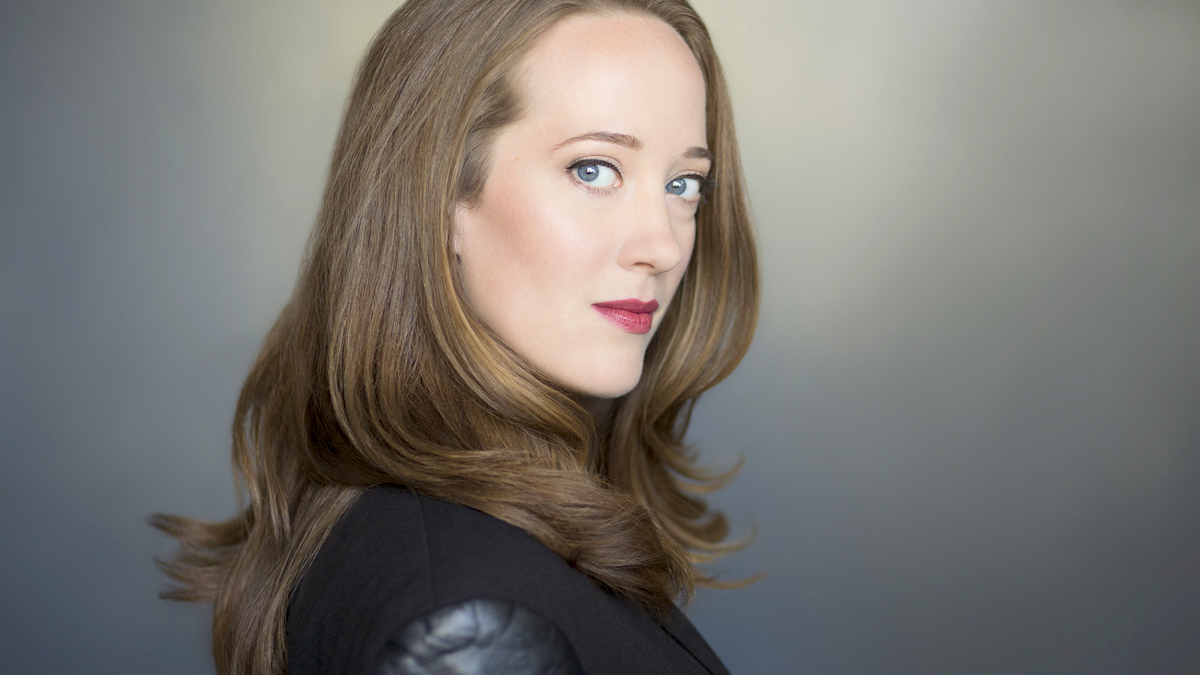
An Industry Case Study
Narrative | Dramatic Features
Film Name: Berenice
Genre: Horror
Length of film: 9 minutes 16 seconds
Date: November 2nd, 2020
Director: Hannah Eakin
Producer: Hannah Eakin
Executive & Creative Producer: name(s)
Writer: Hannah Eakin adapted the screenplay from Edgar Allan Poe’s short story, Berenice
Cinematographer: Hannah Eakin
Production Company: NA
Budget: $300
Financing: Self-financed (Hannah Eakin)
Shooting Format: Digital
Screening Format: H.264 1920 x 1080
World Premiere: Berenice premiered at the New York City Indie Theatre Film Festival on March 10th, 2021
Awards: Honorable Mention for Best Mystery Short in IndieX Film Festival December 2020, Finalist for Best Mystery Short in Indie Short Fest December 2020, Official Selection in Venice Shorts Festival 2020, Official Selection in New York City Indie Theatre Film Festival 2021
Website: https://www.imdb.com/title/tt13315744/
The Official Trailer for Berenice
Watch The Trailer for Berenice directed by Hannah Eakin
A Short Biography of Hannah Eakin
In 2009, I was granted a National Merit Scholarship to study at Oklahoma City University. I graduated Summa Cum Laude with a BM in Music Theatre, and I received recognition as the Most Outstanding Female Senior in the Bass School of Music, an honor voted upon by the entire music faculty.
Upon graduating, I moved to New York City. Since then, I have performed in multiple television shows, films, regional productions, and NYC festivals, concerts, and readings. I am a proud member of Actors’ Equity Association. My favorite roles include Mary Poppins, Sarah Brown in GUYS AND DOLLS, and Jane Porter in TARZAN.
Fun Facts: I am a vegetarian, I practice yoga, I love the outdoors, and I have run a marathon. I studied abroad in Paris, I play both the piano and guitar, and my favorite book is Jane Eyre.
The Hannah Eakin Interview
indieactivity: Tell us about “who you are“?
Hannah Eakin (HE): I am an Arkansas-born, New York City-based actress, writer, and director. I received my BM in Music Theatre from Oklahoma City University, and I am a member of Actors’ Equity Association. As a child, I learned to revere art, literature, and history. Growing up in the Arkansas River Valley, I remember wandering through our woods and pretending to be Jane Eyre, and Joan of Arc, and the Lady of Shalott.
Great stories and great storytellers were dear treasures to me. As a professional, those stories continue to influence the things I care about and the art I create. That imaginative little girl remains with me, reminding me to be filled with love and wonder in this work, whether I am playing Mary Poppins, tap dancing in 42nd Street, or making a creepy short film in the midst of quarantine.
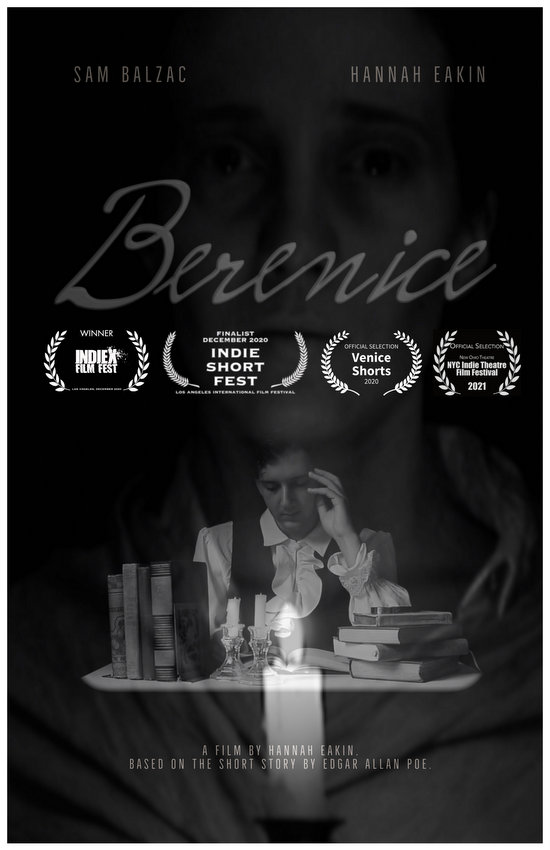
Introduce your film?
Hannah Eakin (HE): Berenice is a silent adaptation of Edgar Allan Poe’s short story by the same name. It tells the story of Egaeus, a troubled young man who, when faced with loss and grief, descends into madness and obsession. The film is modelled after the silent movies of the 1920’s – filmed in black and white, cropped into a square frame, narrated with intertitles. The silent film design immediately tells us we are entering a different world, something remote from ourselves, distant, sad, and haunting – like a spooky fairy tale.
Two films, in particular, influenced the design of Berenice: The Passion of Joan of Arc (1928), by Carl Theodor Dreyer, and La Roue (1923), by Abel Gance. In The Passion of Joan of Arc, Dreyer tells a deeply compelling story while keeping props and sets to a bare minimum – it is by the actors’ faces and by carefully selected dialogue that the story is propelled forward. The sparseness of it is what makes it powerful. Berenice was filmed within the confines of quarantine, in my small Manhattan apartment and a nearby park, and so it had to remain sparse.
To convey the feeling of a gothic mansion, a large library, or a moonlit graveyard, I had to ask myself, “What elements are truly necessary to convey this image, and what can the imagination fill in? Does the eye need to see a tombstone for the imagination to believe that Egaeus is in a graveyard? Does the eye need to see a servant peering in for the imagination to believe that Egaeus is speaking with a servant?” It was an exciting challenge, and The Passion of Joan of Arc provided inspiration to me.
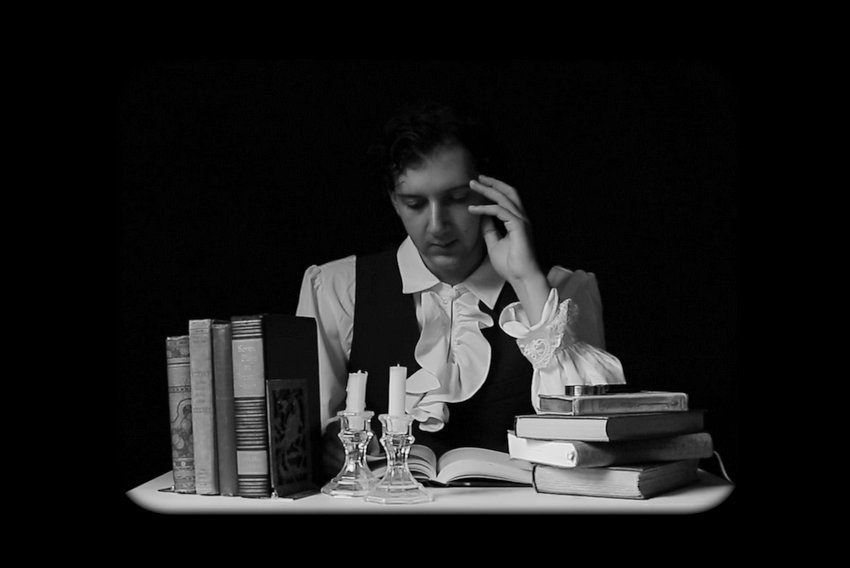
La Roue is an epic film in the French Impressionist style – very short and fast cuts are often edited together to give the impression of something larger and more important: a shot of steam pouring out of a train, a shot of a child crying, and a shot of men climbing out of wreckage are cut together to give the impression of a train crash. Several different shots of a woman at different ages and in different situations are cut together to give us a man’s impression of her.
In the case of Berenice, I found this style of editing extremely helpful. The character Egaeus is obsessive, and he fixates on minute details. Thus, his eyes (and the camera) look at Berenice’s neck as she swallows, her chapped lips as she speaks, her limp hands hanging on to her shawl, and we see the images on which Egaeus is fixated, but we also form an impression of Berenice as a whole. This technique proved essential in the film, when Egaeus finally faces the extent of his madness and recollects, in very short and fast cuts, his dark action that forms the climax of the piece.
Tell us why you chose to write, produce, direct, shoot, cut/edit the movie? Was it financial, chance or no-budget reason?
Hannah Eakin (HE): Berenice is my first short film, and I am curious about all aspects of filmmaking. I wanted to challenge myself to try everything. Leading up to Berenice, I created The Sara Teasdale Project, an on-going web series that uses different styles and techniques from film history. I wanted to take what I learned in my work on The Sara Teasdale Project and apply it to a larger piece.
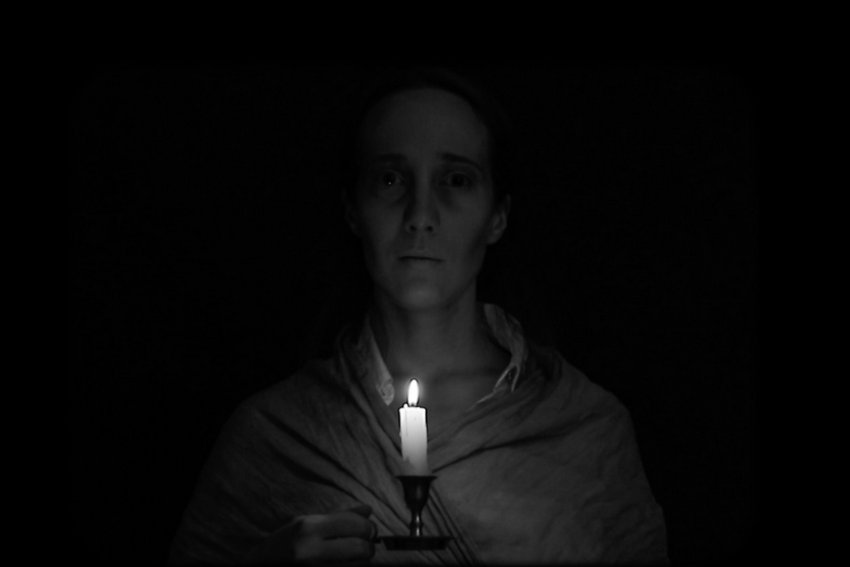
Introduce your crew?
Hannah Eakin (HE): There were only two people involved with the production of this film: myself, and actor Sam Balzac. Sam is a dream on set: receptive, good-natured, hard-working, and patient. Filming Berenice was a very fun and exciting process because of his talent and adaptability.
What is the source of the idea? How did the story develop from the idea? And how did the story evolve into a screenplay? Why do this story? Do you have a writing process?
Hannah Eakin (HE): The idea for Berenice started forming in September 2020. October was fast approaching, Fall was in the air, and Halloween was on its way. I decided that I wanted to celebrate the spooky season by making a spooky short film. I’d always wanted to adapt an Edgar Allan Poe story, and this year seemed like a good year to do it.
I was quarantining with Sam, and I knew I didn’t want to get anyone else involved because of COVID restrictions. The scale of the story needed to be small enough to make the film with two people in the confines of a tiny New York apartment. I read a bunch of Poe’s stories and landed on Berenice because the story was actionable and interesting, while the scale was perfect for our circumstances.
Adapting Berenice from the short story proved challenging because I was very attached to all of Poe’s nuances and details. In cropping this language-rich story down to a few intertitles, I had to cut plot points, gorgeous paragraphs about each of the characters and their histories, and masterful descriptions of Egaeus’s mind. It was a difficult process in a lot of ways, and in the first draft I wound up with so many long intertitles that it felt like we were reading the short story with a few illustrative images, rather than watching a film with intertitles to guide it along. Picking and choosing the right words to include was a process that lasted right until the final edits of the film.
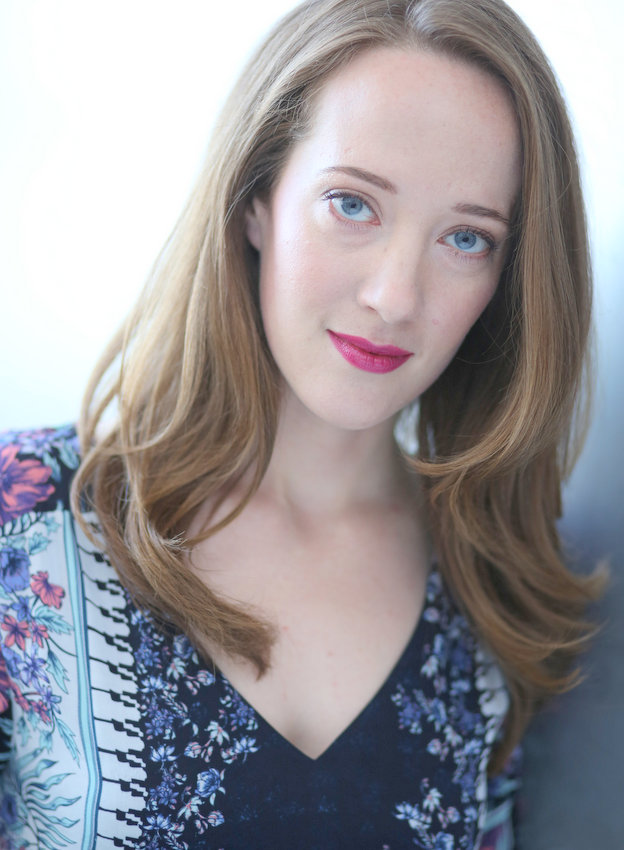
Let’s talk pre-production: take us through a timeline of how you started and ended it?
Hannah Eakin (HE): Pre-production lasted roughly two weeks. I started it by reading Berenice, and I ended it with a draft of the screenplay and with a detailed shot list.
What was your rehearsal process and period?
HE: Almost all of the work we did was on our feet with cameras rolling. While I was working on the screenplay, however, I did ask Sam Balzac to read the short story out loud to me, so I could get a sense of how the character fit on him, and so he could really live in Egaeus’s complete story before I cropped it all down into intertitles.
You shot the film in days. How long were your days?
HE: We shot the film in 7 days throughout October 2020. Each day was scheduled for 4 hours.
Did the tight shooting schedule make it harder or easier? How did it affect performances?
HE: The tight shooting schedule went very smoothly for us. I knew exactly what I wanted going in, and Sam is very adaptable and directable. While we had 4 hours scheduled each day, we never used the full time allotted.
During the film production, what scene (that made the cut) was the hardest to shoot? And why?
HE: The hardest scene to film was the outdoor scene. It was the only time we left my apartment to shoot, and we worked in a nearby park. We went early in the morning to get some good dawn lighting and to avoid as many park-goers as we could, but mid-shoot there was a sudden influx of joggers and dog-walkers. Every time someone passed by we stopped shooting to put on our masks.
What was the experience like of working with a small shooting crew?
HE: Being a one-woman crew really pushed me to try things I had never done before. I learned a lot and developed several skills working on Berenice.
The film looks stunning. How did you get such a good look when shooting so fast?
HE: Thank you! I went in knowing the aesthetic I wanted, with inspiration from some great films, and I had a plan for every shot.
What about independent filmmaking and the business do you still struggle with?
HE: Because this is my first short film, and because I was working as a one-woman crew, I imagine that assembling a crew and learning to direct a team will be both challenging and rewarding. I look forward to those growing pains.
Where do you think your strengths lie as a filmmaker?
HE: My curiosity is my greatest strength. I love learning, listening, reading and watching the masterpieces from film history. Always asking myself asking what makes them masterpieces. I love hearing great stories and asking what makes them great. I love learning about other people and their strengths. When I immerse myself in the art and compassion and genius of others – that is when my own creativity sparks.
Let’s talk about finance, how did you finance the film?
HE: I budgeted for the film out of my own funds.
How much did you go over budget? How did you manage it?
HE: We stayed under budget! Huzzah! There were just a few props and costume pieces I needed to purchase. Everything else we had on hand.
How important is marketing? Talk about the festival tour? Do you think a project can make a dent without it nowadays?
HE: I am just now learning about the festival tour, as I am learning about the film industry as a whole. Festivals have been very helpful for Berenice, as well as for my introduction as a filmmaker.
What do you hope audiences will get from the presentation of your film?
HE: I hope Berenice sweeps audiences, even briefly, out of their present circumstances and into this haunting, dark, silent realm. I hope it makes them ask questions about the human psyche. I hope it makes them want to watch a few more silent films and read some Edgar Allan Poe.
What else have you got in the works?
HE: I’m currently working on The Sara Teasdale Project, an extensive poetry and film history project. I’m memorizing my way through Sara Teasdale’s poetry collection Flame and Shadow, and I’m filming each poem in the style of a genre from film history. I’ve made a cartoon animation, I’ve made a 1930’s gangster film, I’ve made a bunch of silent films – German Expressionism, Surrealism, etc. There is much more to come, and I’m filled with such excitement for all the work to be done. You can see The Sara Teasdale Project on Patreon
Tell us what you think of the Case Study for Berenice. What do you think of it? Let’s have your comments below and/or on Facebook. Or join me on Twitter.
Follow Hannah Eakin on Social Media
Website
IMDb
Facebook
LinkedIn
Instagram
YouTube
MORE STORIES FOR YOU



